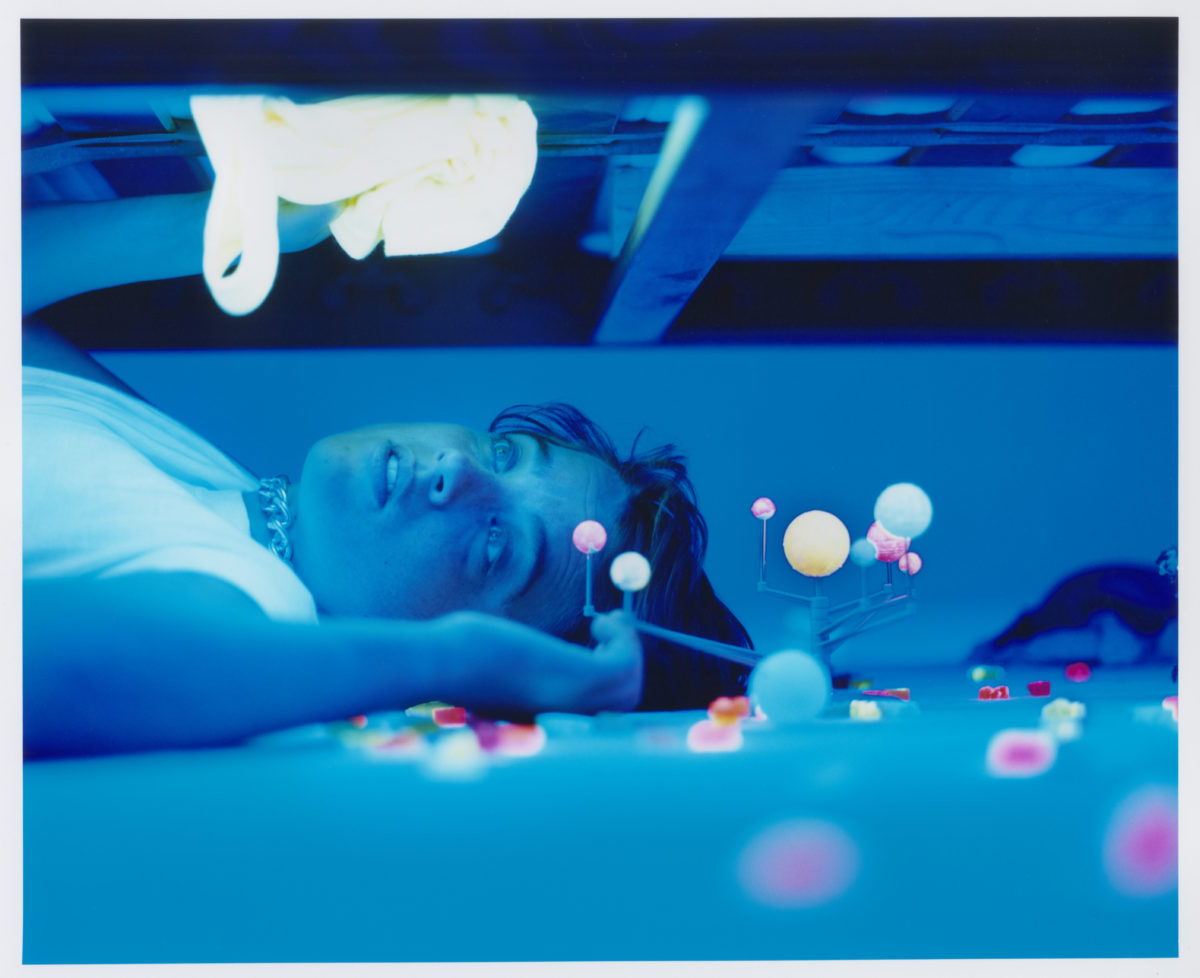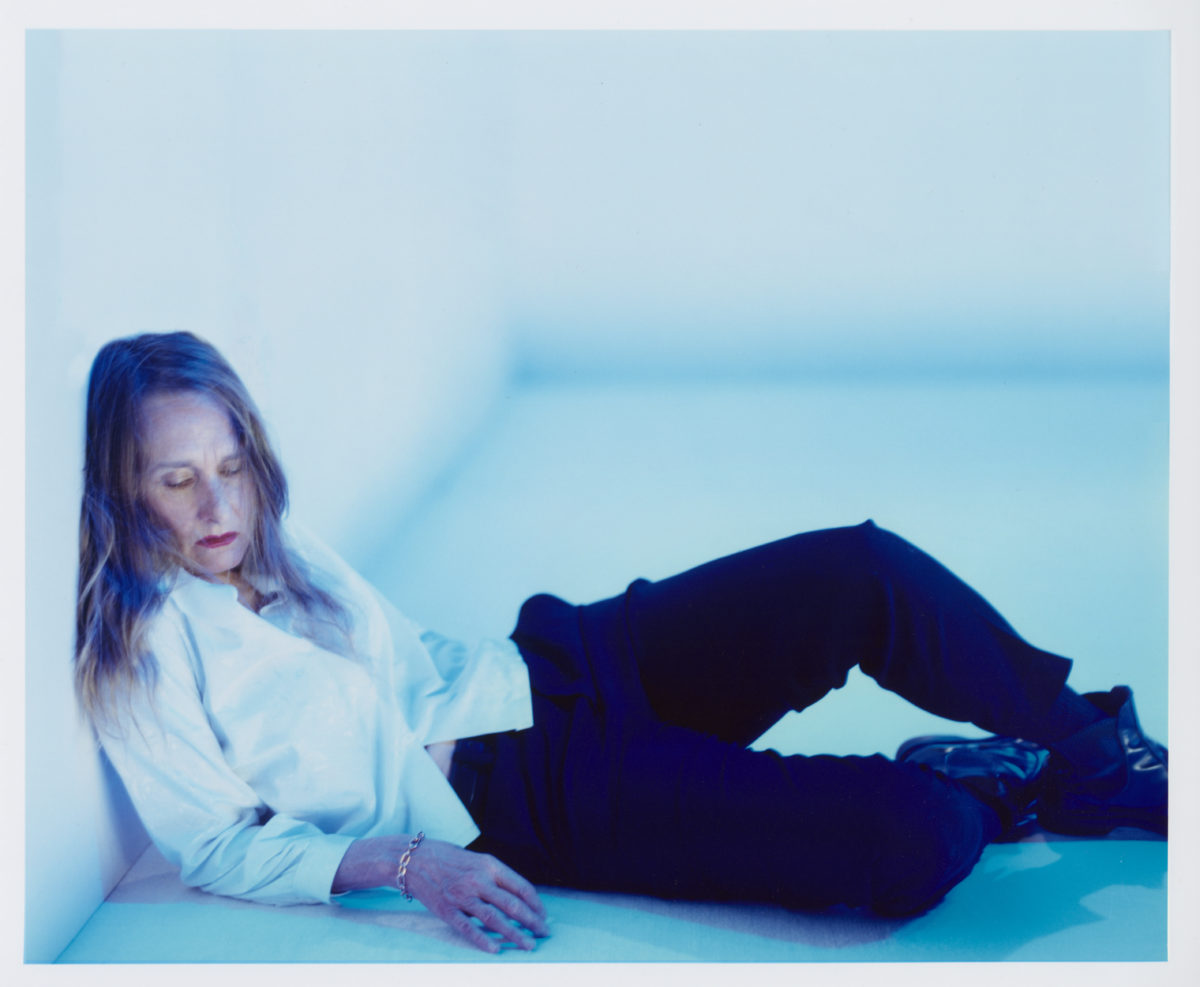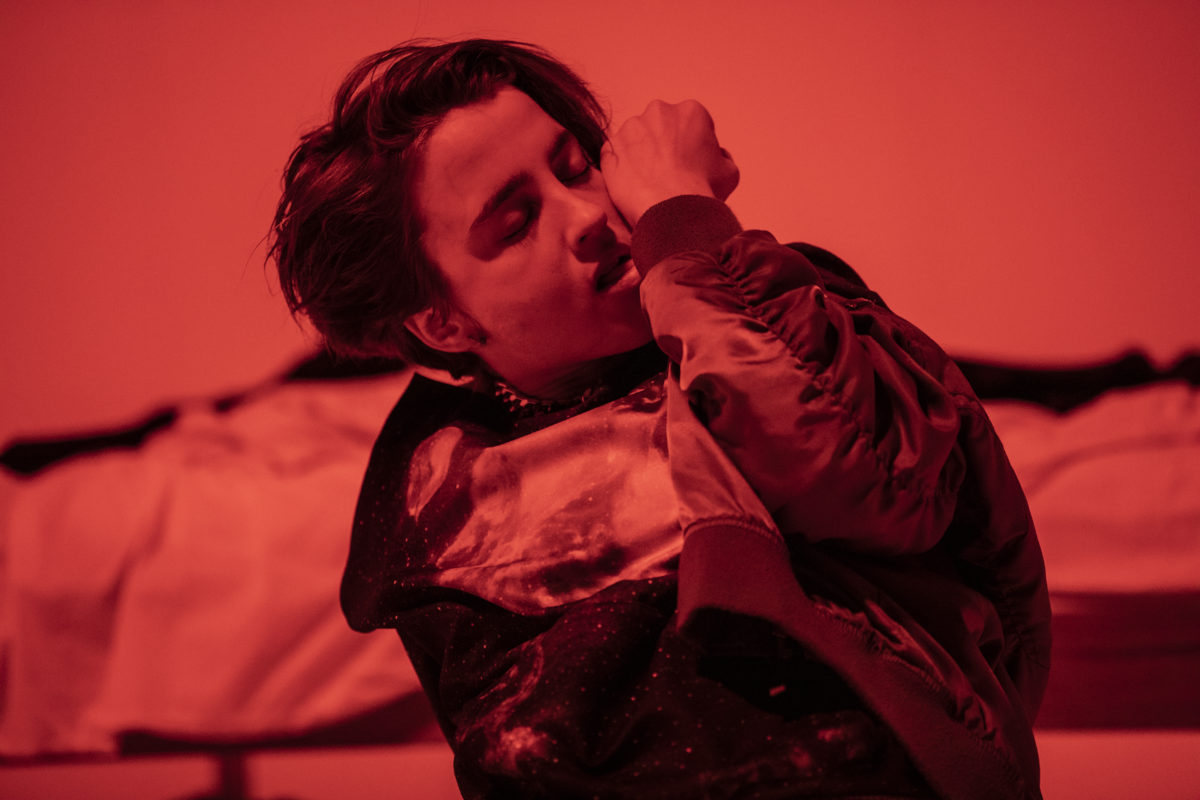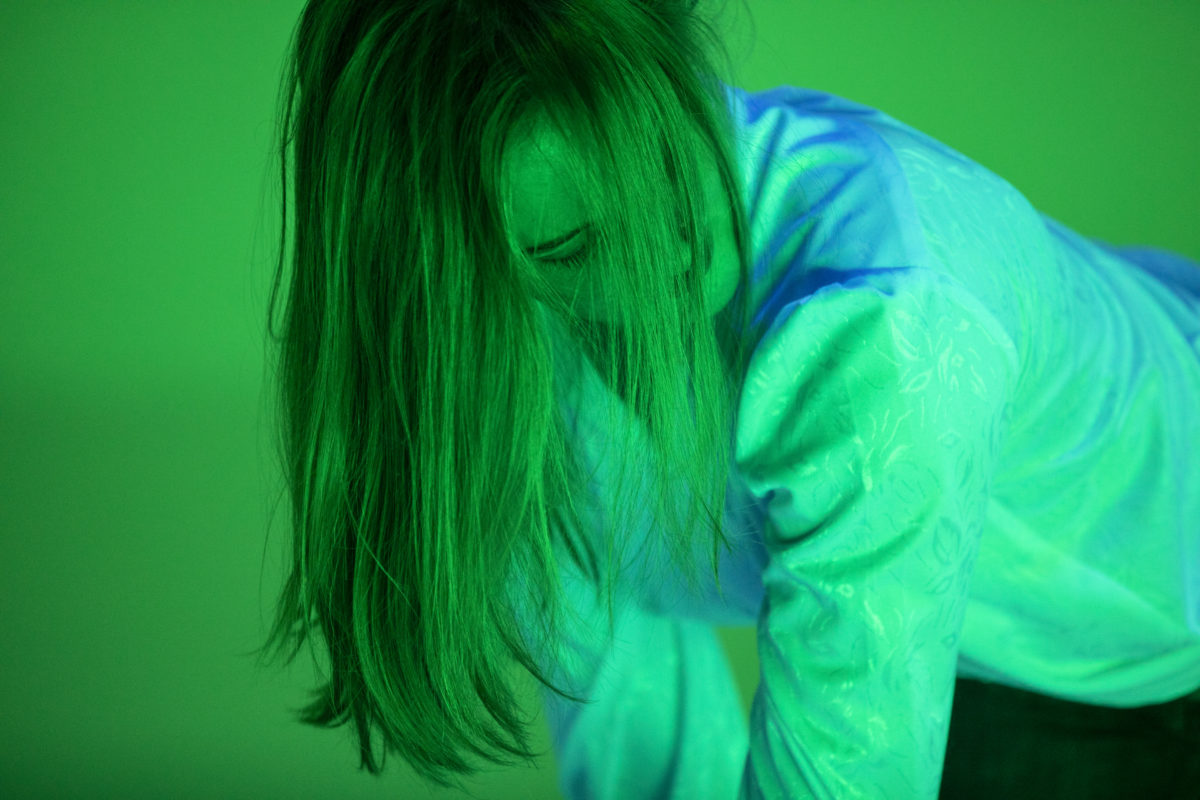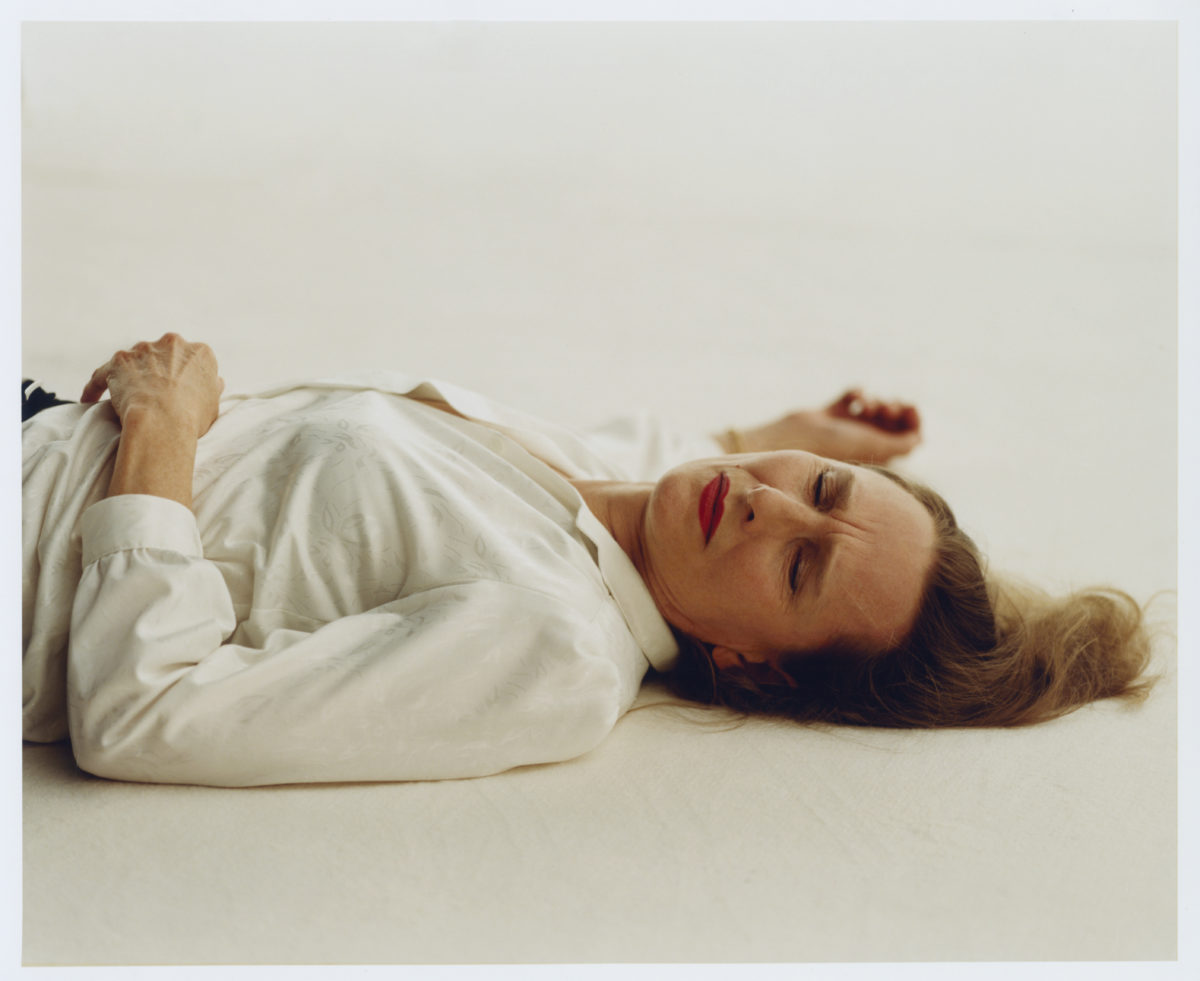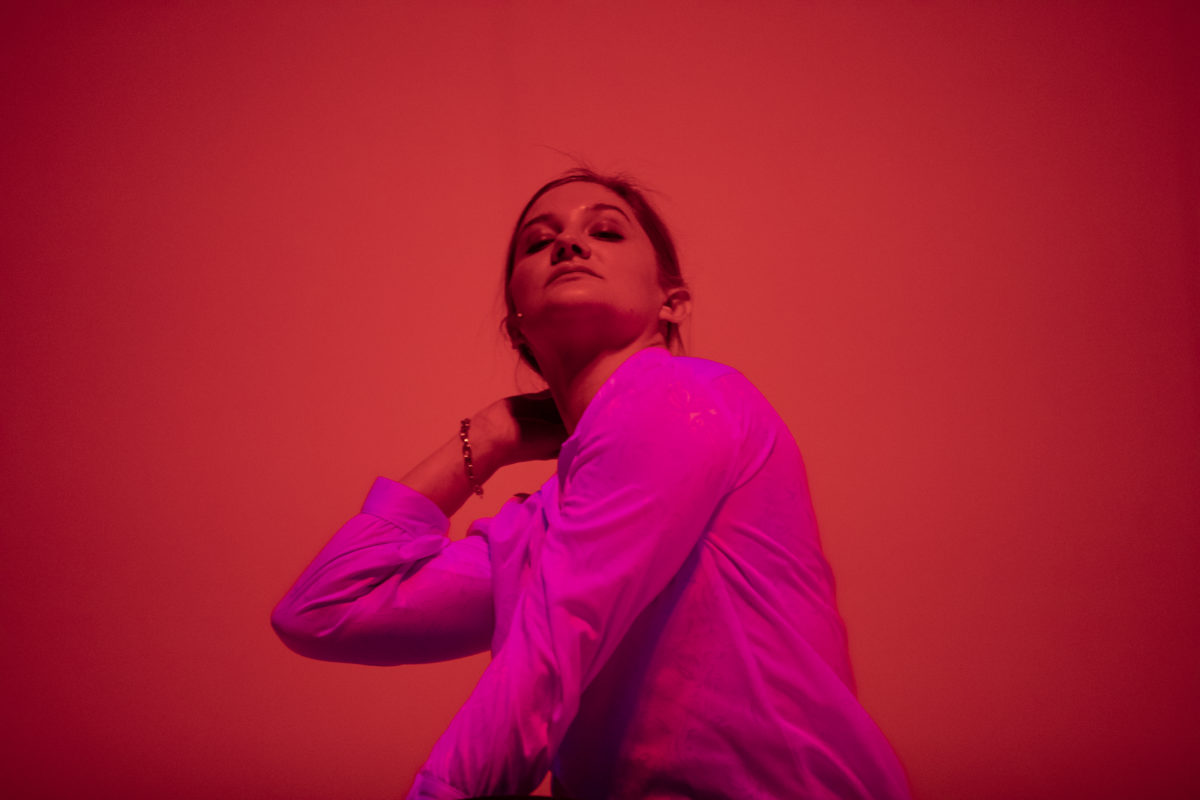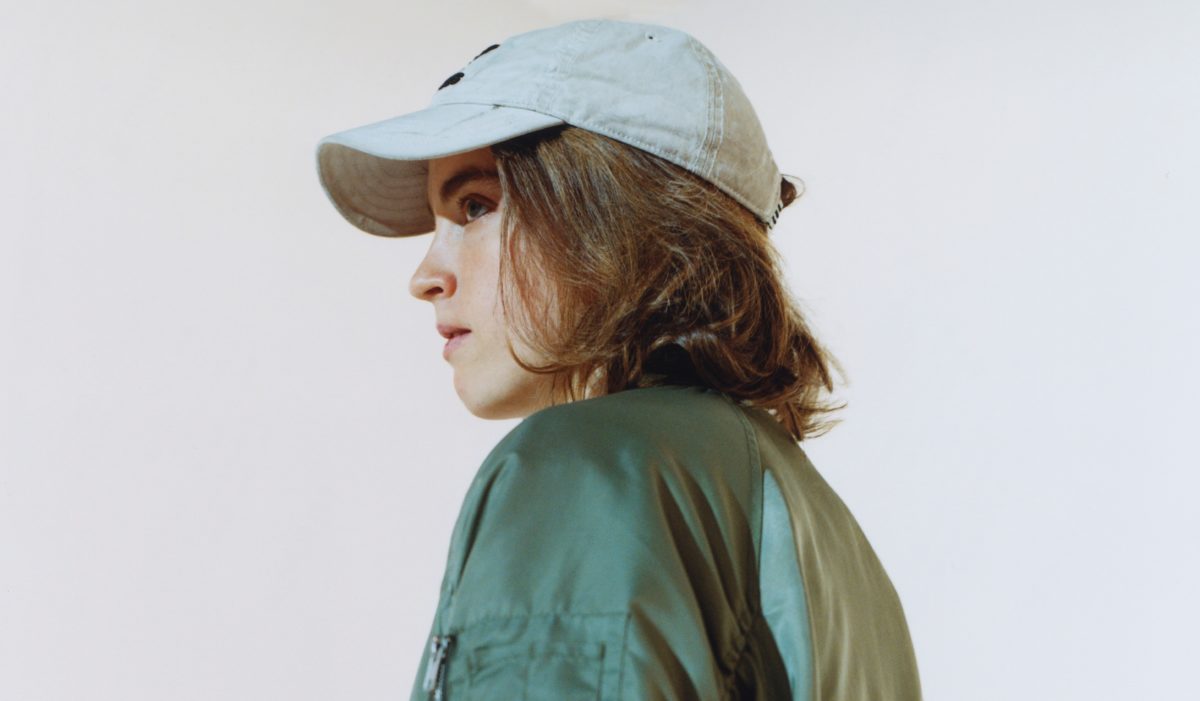L’Etang
Cast
Premiere on May 4th, 2021 at Théâtre de Vidy-Lausanne (Switzerland)
L’Étang was created in residency at Théâtre National de Bretagne in November 2020.
Based on the original work Der Teich (The Pond) by Robert Walser
To Kerstin
Concept, direction, scenography and dramaturgy Gisèle Vienne
Adaptation of the text Adèle Haenel, Julie Shanahan, Henrietta Wallberg in collaboration with Gisèle Vienne
Performed by Adèle Haenel & Julie Shanahan/Henrietta Wallberg in alternation
Lights Yves Godin
Sound design Adrien Michel
Music direction Stephen F. O’Malley
Original music Stephen F. O’Malley & François J. Bonnet
Tour assistant Sophie Demeyer
Outside view Dennis Cooper & Anja Röttgerkamp
Collaboration to the scenography Maroussia Vaes
Conception of puppets Gisèle Vienne
Creation of puppets Raphaël Rubbens, Dorothéa Vienne-Pollak & Gisèle Vienne in collaboration with Théâtre National de Bretagne
Stage set production Nanterre-Amandiers CDN
Set and accessories Gisèle Vienne, Camille Queval & Guillaume Dumont
Costumes Gisèle Vienne & Camille Queval
Wig and make-up artist Mélanie Gerbeaux
Sound engineer Adrien Michel
Light manager Iannis Japiot & Samuel Dosière
Stage manager Antoine Hordé & Jack McWeeny
Performance created in collaboration with Kerstin Daley-Baradel
Special thanks to Etienne Bideau-Rey, Nelson Canart, Zac Farley, Pauline Jakobiak, Jean-Paul Vienne, César Van Looy, Pauline Jakobiak, Tristan Lahoz, Richard Pierre, Etienne Hunsinger, Mareike Trillhaas, Giovanna Rua & Erik Houllier.
Production and touring Alma Office: Anne-Lise Gobin, Alix Sarrade, Camille Queval & Andrea Kerr
Administration Cloé Haas & Clémentine Papandrea
Partners
Production DACM
Coproductions Nanterre-Amandiers CDN / Théâtre National de Bretagne / Maillon, Théâtre de Strasbourg – Scène
européenne / Holland Festival, Amsterdam / Fonds Transfabrik – Fonds franco-allemand pour le spectacle vivant / Centre Culturel André Malraux, Scène nationale de Vandœuvre-lès-Nancy / Comédie de Genève / La Filature, Scène nationale de Mulhouse / Le Manège, scène nationale – Reims / MC2: Grenoble / Ruhrtriennale / TANDEM Scène nationale / Kaserne Basel / International Summer Festival Kampnagel Hamburg / Festival d’Automne à Paris / théâtre Garonne, scène européenne – Toulouse / CCN2–Centre chorégraphique national de Grenoble / BIT Teatergarasjen, Bergen / Black Box teater, Oslo
With the support of CN D Centre national de la danse, La Colline – théâtre national and Théâtre Vidy-Lausanne
Thanks to Point Ephémère for putting their rehearsal space at our disposal and to Playroom, SMEM, Fribourg for their sound studio
Presentation
Adaptation of an early work by the Swiss writer Robert Walser, L’Etang (The Pond) reveals an intricate tale of filial love by distributing the roles between two actresses, Adèle Haenel and Ruth Vega Fernandez.
What drew you to this text by Robert Walser?
I admire Robert Walser’s writing. It was Klaus Händl, an Austrian writer and director, with whom I have an artistic and personal rapport, who introduced me to this little-known text; in collaboration with Raphael Urweider, in 2014 he translated Der Teich (the Pond) from Swiss German to Standard German. It seemed obvious to me, first of all based on an intuition, to stage this text, a disturbing questioning of feelings, order, disorder, and what constitutes the norm—and the way that this family drama reflects the violence of the social norm inscribed in our bodies.
What did you see in the text, or between the lines, that made you want to adapt it?
It is a play that Walser wrote for his sister, a private text, that she revealed the existence of long after his death. Back then it presumably never occurred to him that there would come a day when it would be staged, and that this text would become something other than an intimate message addressed to his sister. It is still written with eight scenes, characters, dialogues, and spaces that seem quite real. This theatre piece—which, despite its form, may not actually be one—seems to me rather like the need for a communication too difficult to express in another form. I also read it as a monologue in ten voices, an overwhelming inner experience. The possible space of interpretation and staging, opened up by the text and the subtext offered by this writing, is vertiginous. The plays that stimulate me the most are those that are not obvious to stage, and invite us to question our perception, including through their formal difficulties.
L’Etang is the story of a boy who feels unloved by his mother and, at the highest point of his despair, pretends to commit suicide in order to see her love for him one last time. The text is permeated by a confusion, a very strong adolescent distress and a disconcerting sensuality. We find in L’Etang, as in all of Walser’s work, through humorous, sensitive, and discreetly but frankly subversive writing, questions related to order, rules, respect for them and a reassessment of them. This involves the relationship of the dominated, who always has the central role in his work, to the dominant. The dominated one, apparently wise, is genuinely subversive. He always knows the rules full well, but he turns them around, cannot follow them or, more often, doesn’t want to, and criticizes them by pretending to follow them. The space for reflection that this text opens up to the staging must question the order justified by a norm, the formal one of the theater and of the family. Like a varnished painting that cracks, L’Etang opens out onto the game of abysses and chaos. There is something extremely exhilarating for me to be around these abysses. I love live performance, exploring the present moment of reality in its density, at its most vibrant, the intensification of experience and the emotional experience of time. And being alive is the opposite of
being anesthetized in our structures—it’s deeply and genuinely calling both those structures and our perception into question.
How do these issues translate into staging?
By juxtaposing different levels of interpretation, which may even be in tension or contradict each other. By juxtaposing different formal languages, that is to say, different hypotheses for reading the world. By provoking a questioning of the signs deployed at the very heart of the staging and during its development. By undergoing experiences where the body questions reason, by experimenting and provoking flaws and fissures in our reading of the world because, as Bernard Rimé analyzes the issue in his inspiring text “Emotions at the service of Cultural Construction”, “(…) emotions are states that signal flaws in the subject’s anticipation systems, or in other words, in aspects of the subject’s models of how the world works.”
In my staging of L’Etang, to summarize, there are numerous levels of interpretation, three of which are the most readily comprehensible. The first is the story itself as it is read literally. The second, which in my opinion is fairly obvious, hypothesizes a person who imagines, fantasizes, hallucinates this story, in a way which more resembles the experience that Walser himself could have of his text—with a staging that recalls our relationship to the imagination, whose quality and density of impressions, and the perception we have of them, are erratic: certain elements are extremely precise and vivid, while others are fuzzier or even absent. These differences in perception can be visible, noticeable, in a variety of ways on stage, for example by means of different degrees of physical embodiment and disembodiment. Also, through the various treatments of temporalities which is very characteristic in our creation of movement, of music, light, and space, as well as the interpretation of the text, and which in particular convey the sensory perception of time. The different temporalities participate in this layered composition, which allows their formal articulation and the deployment of the experience of the present, between the real and the fantasized, constituted in particular by memory, the past, and the anticipated future.
And then the third level, which is what we see if we don’t follow the conventions of the theater: two actresses in a white box, Adèle Haenel and Ruth Vega Fernandez, who are performing this piece by Robert Walser. It’s always quite surprising to discover that what one accepts as seen in relation to what is seen, is determined by the conventions of reading. In theatre, the gaze is conditioned by our cultural constructions. And this is true outside as well. We know this, and yet putting these constructions into perspective, and deconstructing them, is a complex exercise.
Therefore I believe it essential to successfully call our perceptual habits into question. Hoping that the artistic experience, the necessary creation of new forms, and thus of new readings and
experiences of the world, can allow us to question and shake up the pseudo-reality, the result of the creation of a shared representation of reality, a social norm.
How did you conceive of the work on sound and music with Stephen O’Malley?
I see music everywhere: in the colors, the lines, the movements, the bodies, the text, the sounds … And this directly influences my way of staging and choreography. Purely in terms of sound, what we hear first are the amplified voices of Adèle Haenel and Ruth Vega Fernandez, who perform the text in a very intimate fashion through a complex game of dissociation of voices. Adèle acts out the voice and body of Fritz, the boy in the main role, as well as the voices of the other children and adolescents, which seem mute in the way that I represent them. Ruth acts out the voices and bodies of the two mothers, the voice of the father, and occasionally more. They also perform as themselves. This involves a vocal score for 10 voices, performed by two people.
The collaboration with Stephen O’Malley on my works has been going on now for thirteen years. This new collaboration is therefore part of our longstanding artistic dialogue. The composition of music intrinsically follows the process of creation, because in the composition of my pieces the music is put together in a close relationship to the staging, just like space and light. Writing for the stage is for me the articulation of all the media on the stage: all of them are present in a unified construction process from very beginning and evolve during rehearsals.
Stephen O’Malley’s original musical compositions, which are very much present throughout the play, also seem to be part of Adèle’s and Ruth’s game, as extensions of their bodies. These musical components, just as much as the original piece composed by François Bonnet, carry a very strong emotional charge; their material is visceral, and the compositions work powerfully with both time and space.
—————
This piece is created in memory of our very dear friend and collaborator, the actress Kerstin Daley Baradel, who died in July 2019, and with whom we had developed this work so intimately.
Interview by Vincent Théval for the Paris Autumn Festival in 2019
Original soundtrack
Création sonore : Adrien Michel
Direction Musical: Stephen F. O’Malley
Musique originale : Stephen F. O’Malley, François J. Bonnet
DoubleN “The Ride”
Written, produced & mixed for Cosmos Productions.
Mother in Dreams (at Frau Kocher’s)*
By Stephen F. O’Malley
Orchestration: Owen Morgan Roberts
Cello: Judith Hamann, Lucy Railton
Double bass : Félicie Bazelaire, Benjamin Duboc
Recorded Studio Delta, Paris July 2019
Mix EMS, Stockholm August 2020
Smoking Mother*
By Stephen F. O’Malley
Recorded SMEM, Fribourg December 2018
Mix EMS, Stockholm August 2020
Khanate “Too Close Enough to Touch” (version)
Alan Dubin: Voice
Stephen O’Malley: Guitar
James Plotkin: Bass + synthesiser
Tim Wyskida: Percussion
Recorded Hawkin’s Loft, Brooklyn 2002-2003
Laurence Crane “Bobby J” (1999)
Performed by Alan Thomas
Recorded in Hoby, Leicestershire August 2013
Der Teich Final*
By François J. Bonnet
Recorded Paris 2019
*Indicates original composition for L’Etang
History
-
05, 06 April 2025
-
21, 22, 23 October 2023New York Live Arts, New York (US) with the support of Dance Reflections by Van Cleef & Arpels
-
13, 14 October 2023
-
22, 23, 24, 26, 27, 28, 29 September 2023
-
19, 20 July 2023
-
13, 15 July 2023
-
01, 02, 03 June 2023Usine C, Montréal (CA) as part of the Festival TransAmériques
-
31 May 2023Usine C, Montréal (CA) as part of the Festival TransAmériques
-
14, 15 April 2023
-
04, 05 April 2023
-
01 April 2023
-
30, 31 March 2023
-
09, 10, 11 March 2023Therese-Giehse-Halle, Munich (DE) as part of Muenchner Kammerspiele
-
01, 02 March 2023
-
28 February 2023
-
22, 23, 24 February 2023
-
10, 11, 12, 14, 15, 16, 17, 18 December 2022Centre Pompidou, Paris (FR) as part of the Festival d'Automne de Paris
-
01, 02 December 2022
-
21, 22 November 2022
-
16, 17 September 2022Theatro Metastasio - Fabbricone, Prato (IT) as part of festival Contemporanea 2022
-
11, 12 September 2022Teatro Vascello, Rome (IT) as part of Short Theatre Festival
-
23, 24, 25 August 2022Theater Spektakel Nord, Zurich (CH) as part of Zürcher Theater Spektakel
-
01, 02 June 2022
-
25, 26, 27, 28 May 2022Jugendstiltheater am Steinhof, Wien (AT) as part of the Wiener Festwochen
-
10, 11, 12, 13, 14, 15 May 2022
-
28, 29, 30 April 2022Teatro dell’Arte, Milano (IT) as part of the Triennale Milano Performing Arts festival
-
20, 21 April 2022
-
13, 14, 15, 16 April 2022
-
04, 05 April 2022
-
08, 09, 10, 11, 12, 14, 15, 16, 17, 18, 19, 22, 23, 24, 25, 26 March 2022
-
02, 03 March 2022
-
24, 25 February 2022
-
25, 26, 27, 28, 29 January 2022
-
19, 20, 21, 22 January 2022
-
24, 25, 26, 27 November 2021
-
18, 19, 20 November 2021
-
10, 11, 12, 13 November 2021
-
26, 27 October 2021Black Box teater, Oslo (NO) [CANCELLED]
-
21, 22 October 2021
-
14, 15 October 2021
-
29, 30 September 2021LE ZEF, scène nationale de Marseille (FR) as part of the Festival ACTORAL
-
08, 09, 10, 11, 13, 14, 15, 16, 17, 18 September 2021Théâtre Paris-Villette, Paris (FR) as part of the Festival d'Automne à Paris
-
18, 19, 20, 21, 22 August 2021
-
12, 13, 14, 15 August 2021
-
08, 09 July 2021
-
05, 06 July 2021
-
23, 24, 25 June 2021
-
15, 16 June 2021
-
05, 06, 07, 08 June 2021
-
19, 20 May 2021
-
04, 05, 06, 07, 08, 10, 11, 12 May 2021
-
15, 16, 17, 18, 20, 21, 22, 23, 24 April 2021
-
08, 09 April 2021
-
01 April 2021
-
31 March 2021
-
24, 25 March 2021Théâtre de Lorient (FR) [CANCELLED]
-
08, 09 March 2021Le Parvis, Scène Nationale Tarbes-Pyrénées (FR) [POSTPONED]
-
11, 12 February 2021CDN Orléans / Centre-Val de Loire (FR) [POSTPONED]
-
02, 03, 04, 05 February 2021Comèdie de Genève (CH) [POSTPONED]
-
29, 30 January 2021
-
26, 27 January 2021Le Manège - scène nationale, Reims (FR) [POSTPONED]
-
19, 20, 21, 22, 23 January 2021
-
06, 07 January 2021TANDEM - Scène nationale, Douai (FR) [POSTPONED]
-
15, 16, 17, 18, 19, 20 December 2020
-
10, 11, 12, 13, 14, 17, 18, 19, 20, 21 November 2020

